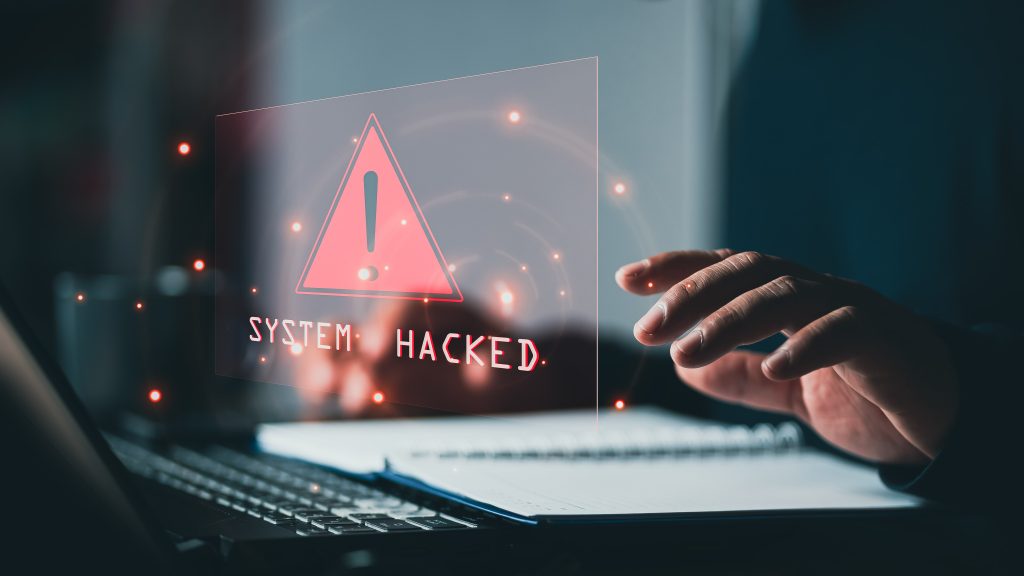New cyber security threats pose risks to more organizations than before. Among the threats is the rise of zero-click malware. This form of malware requires no user engagement whatsoever while it silently compromises devices and networks.
A notorious case highlighting the devastation of zero-click malware unfolded in 2019 through a WhatsApp breach. The victims didn’t even have to answer a call to fall prey to this attack! Exploiting a zero-day vulnerability, hackers were able to inject spyware into the device’s software, triggered solely by the receipt of a missed call.
A new zero-click hack has emerged, which is specifically targeting iOS users. It starts when a user receives an iMessage — and you don’t need to interact with the message to run the malicious code. Once executed, this code enables a complete takeover of the victim’s device.
We will look deeper into the nature of zero-click malware, its mechanics, and its implications. We’ll also explore strategies used to combat this threat, shedding light on proactive measures that you can take to protect yourself and your business.
Understanding Zero-Click Malware
Zero-click malware is a form of software that operates with remarkable subtlety. Unlike its conventional counterparts that rely on user interaction, this malware leverages vulnerabilities within an application or system, requiring no action from the user.
What sets zero-click malware apart is its ability to function in the background discreetly, often unbeknownst to its victims. It can infiltrate devices through many attack vectors, including malicious websites, compromised networks, and even seemingly harmless applications with security loopholes.
By exploiting these entry points, zero-click malware seizes control and spreads without alerting the unsuspecting user.
To combat this, you need a comprehensive and multi-faceted approach to cybersecurity. Implementing robust network security protocols, regularly updating software and applications, and fostering a culture of cyber awareness is essential.
The Dangers of Zero-Click Malware

The potential consequences of falling victim to zero-click malware include:
- Data theft: Zero-click malware can stealthily gather sensitive information, such as personal data, financial credentials, or proprietary business information – which can put your business at risk of significant data breaches.
- Remote control: Once infected, threat actors can manipulate a compromised device remotely, granting them unauthorized access to personal or confidential data. This capability enables cybercriminals to carry out any unauthorized action.
- Cryptocurrency mining: Zero-click malware can control devices and use their computational power for cryptocurrency mining operations. This illicit activity drains device resources, reducing performance and increasing power consumption.
- Spyware: By deploying spyware through zero-click malware, attackers gain the ability to monitor and gather sensitive information. This intrusion into privacy poses significant risks to organizations.
- Ransomware: Zero-click malware can facilitate the deployment of ransomware, locking users out of their own devices or encrypting critical files until a ransom is paid.
- Botnet formation: Infected devices can be coerced into becoming part of a botnet, essentially turning them into tools for launching large-scale attacks. This amplifies the destructive potential of zero-click malware, enabling attackers to execute coordinated assaults on targeted systems or infrastructure.
The scope of impact caused by zero-click malware can pose a risk to critical infrastructure and public services. Attacks targeting essential sectors, such as healthcare or energy, can have far-reaching consequences, compromising public safety and incurring substantial financial and reputational damage.
To steer clear of zero-click malware, you need robust cybersecurity practices, including regular software updates, network security measures, user awareness, and incident response plans. Adopting a proactive approach can reduce the likelihood of financial losses, data breaches, and reputational harm.
Combatting Zero-Click Malware: A Proactive Approach
Adopting a proactive and multi-layered cybersecurity approach is vital to protecting your organization. Consider implementing the following strategies in your small business:
Keep Software Up to Date
Regularly update software, including operating systems, applications, and security patches. This practice is critical in preventing zero-click malware attacks, as software updates often address vulnerabilities targeted by malware developers. Enabling automatic updates streamlines the process and ensures devices remain protected.
Implement Robust Endpoint Protection
Deploy comprehensive endpoint protection solutions, such as advanced antivirus software, firewalls, and intrusion detection systems. These solutions establish multiple layers of defense and aid in detecting and blocking zero-click malware. Regularly updating these defenses ensures access to the latest threat intelligence, staying one step ahead of emerging malware variants.
Utilize Network Segmentation
Segment networks into distinct zones based on user roles, device types, or sensitivity levels. This practice adds an additional layer of protection against zero-click malware. By isolating critical systems and implementing strict access controls, the potential damage caused by the lateral movement of malware can be mitigated.
Educate Users
Human error remains a significant factor in successful malware attacks, with approximately 88% of data breaches attributable to such errors. Educate users about the risks of zero-click malware and promote good cybersecurity practices, including strong password management and caution when handling email attachments or unfamiliar links. Regular training on identifying phishing attempts enhances user awareness.
Harness Behavioral Analytics and AI
Leverage advanced technologies like behavioral analytics and artificial intelligence to identify anomalous activities that may indicate zero-click malware. These solutions detect patterns, anomalies, and suspicious behavior, enabling early detection and proactive mitigation of potential threats.
Conduct Regular Vulnerability Assessments
Perform routine vulnerability assessments and penetration testing to identify weaknesses in systems and applications that could be exploited by zero-click malware. Promptly address these vulnerabilities through patching or other remediation measures to reduce the attack surface significantly.
Uninstall Unnecessary Applications
Reduce the potential vulnerabilities on devices by removing unneeded applications. Many users download apps that are rarely used, yet they remain on the device, vulnerable to attack. Have your Managed IT Services team remove unnecessary apps on all company devices to minimize the risk to your network.
Download Apps from Official App Stores
Exercise caution when downloading apps and ensure they are obtained only from official app stores. Even within official stores, it is advisable to check reviews and comments, since malicious apps can occasionally bypass security controls before being discovered.
Trust the Experts for Reliable Technology Insights
Taking proactive steps is crucial as zero-click malware continues evolving and poses severe threats to organizations. If you require assistance implementing a layered security solution, Protek-IT, a trusted Managed IT Services Provider in Chicago, is here to help.
Contact us today to schedule a cybersecurity risk assessment and ensure your digital environment remains protected.
Article used with permission from The Technology Press.



